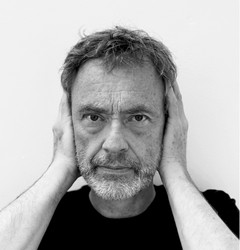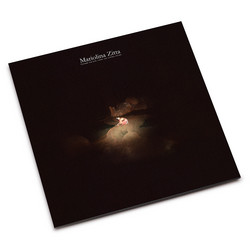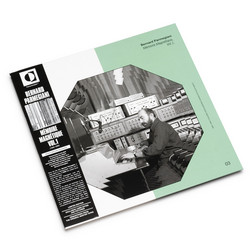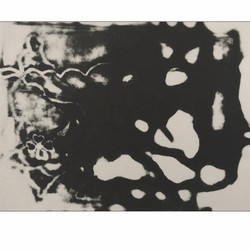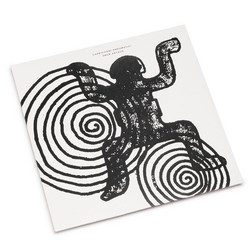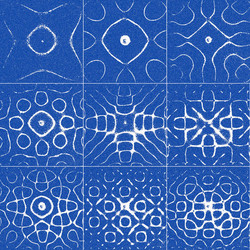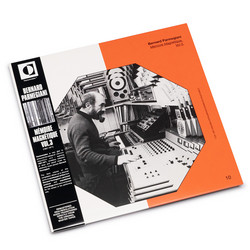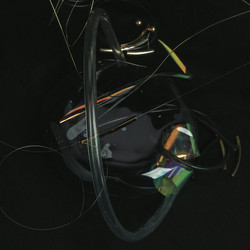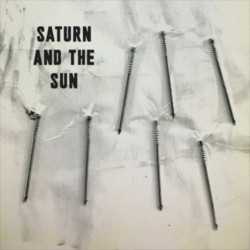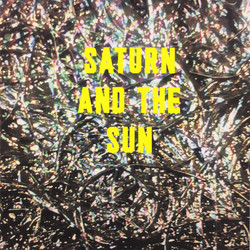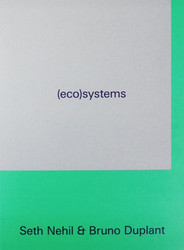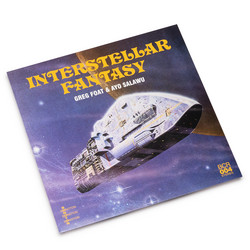Konrad Zuse, who built the first programmable computer (the Z3, in 1941), suggested that the universe is a computer: underlying the known laws of physics is an algorithmic system like a cellular automaton whose computational output is the matter and energy that make up the universe. In this theory, the world is computed through the interaction of billions of simple elements, and the directional time and 3D space that we experience are emergent properties of this computation. The computation is deterministic - it follows simple rules, but is so big that it's impossible to predict - it is unknowable. To see what happens you just have to let it run. The concept of the universe-as-a-computer is like The Matrix, but not as an illusion built to hide reality - as the foundation of reality itself.
That idea is central to this album. Unknowable Determinism was made with very large cellular automata systems by translating from one matrix to another: Using a 'state matrix' to represent cellular automata, the output of the computations are mapped to Barbara Hero's Lambdoma Matrix of musical tunings. This album includes some of Noyzelab's first applications of this original approach, dating from 2013, which represented a significant new aesthetic direction. These explorations of micro-tonal tunings develop from David Burraston's practice-based research which explores how to map and navigate the vast space of possibilities that can be constructed with cellular automata. Harnessing the dynamic behaviour of specific families of cellular automata located at the 'edge of chaos', identified with his unique approach to traversing rule space, Burraston abstracts their properties and turns them into musically meaningful information using his MANIAC sequencer system . As the interface between one matrix and another, it controls the parameters of FM and ROMpler synthesizers. Thus from simple one-dimensional cellular automata, multi-dimensional musical compositions are created. So while the underlying computations are rule-based and deterministic, the complexity of the generative system means that the results are often unpredictable.
In the same way that a 'seed' state sets the specific path upon which a cellular automaton rule will evolve its characteristic pattern of behaviour, the tracks on this album offer seeds of musical experiences. Dense, dark drones in the first track slowly pulse and push against each other, forming thick threads woven together in a microtonal fabric. In other tracks chaotic clusters of notes appear in globs, tumbling along the timeline and chasing after each other. Rhythms emerge, mutate, then disappear. Our ears do their best to make sense of these complex sounds, the auditory perceptual system groping for Gestalt closure, hunting for patterns among the multistable musical material. If the universe is a computer, then listening to music is just one computation amongst many. When different people listen to the same music, it's like the same program being run in different computing environments. Objectively, the events might be very similar; subjectively they can be very different. Each time this album is listened to, it is computed anew.



